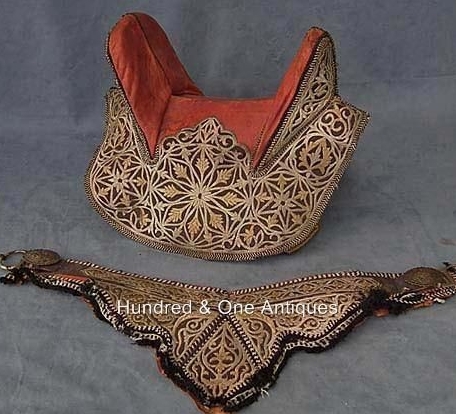Title: The Elegance of Dressage at the Olympics
Introduction
Dressage, often referred to as “horse ballet,” is a captivating and intricate equestrian discipline showcased at the Olympics. This elegant sport highlights the harmony between horse and rider, making it a feast for the eyes and a test of skill and dedication. Understanding the significance of dressage in the Olympic Games can deepen your appreciation of this timeless art form and inspire budding equestrians.
The History of Dressage in the Olympics
Dressage has a rich history that dates back centuries, evolving from military training to a highly respected competitive sport. It became an official Olympic discipline in 1912, first featuring at the Games in Stockholm, Sweden. Since then, dressage has flourished, showcasing not just athletic prowess but also artistry. Over the years, various nations have developed their own styles, which now compete on a world stage. The Olympic platform has elevated dressage’s profile, allowing audiences worldwide to witness the beauty and precision of this discipline.
Understanding the Movements and Tests
In dressage, horse and rider perform a series of predetermined movements known as “tests.” These tests are designed to evaluate the horse’s athletic ability, training, and the rider’s skill. From simple walk and trot transitions to advanced maneuvers like the Piaffe and Passage, each movement is executed with finesse and precision. The International Equestrian Federation (FEI) regulates these tests, ensuring they are standardized across different competitions. Each performance is scored on its execution and overall impression, making it essential for riders to train tirelessly to achieve perfection.
Training and Preparation for Olympic Competitors
Preparing for the Olympic level in dressage is no small feat, requiring years of dedicated training and partnership development between horse and rider. Athletes typically start competing at lower levels before progressing to higher degrees of difficulty. Their training regimens often include rigorous conditioning, strength training, and mental preparation, ensuring they are at peak performance. Nutrition, rest, and recovery for both horse and rider play vital roles in their success. Olympic competitors also often work closely with trainers and coaches, who provide invaluable insights to refine their techniques and strategies.
Conclusion
The beauty and discipline of dressage at the Olympics offer a unique window into the world of equestrian sports. Whether you are an admirer of equestrian arts or an aspiring rider, the stories behind these magnificent performances can be both inspiring and educational. To learn more about the intricacies of dressage and its upcoming Olympic events, dive deeper into the world of equestrian sports—your journey into this elegant discipline is just beginning!



